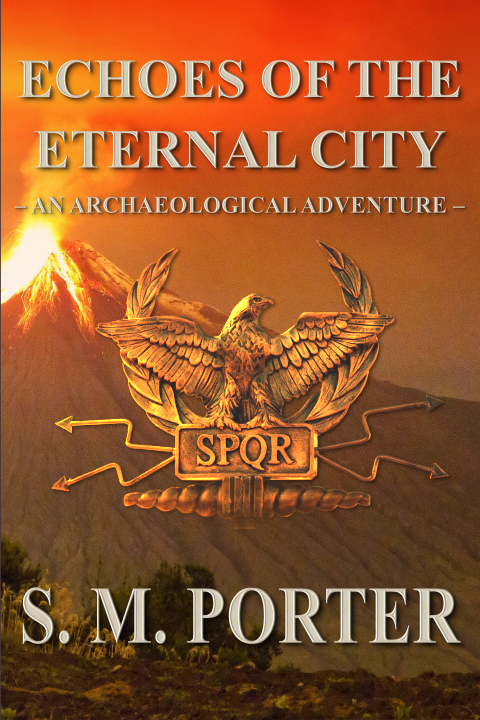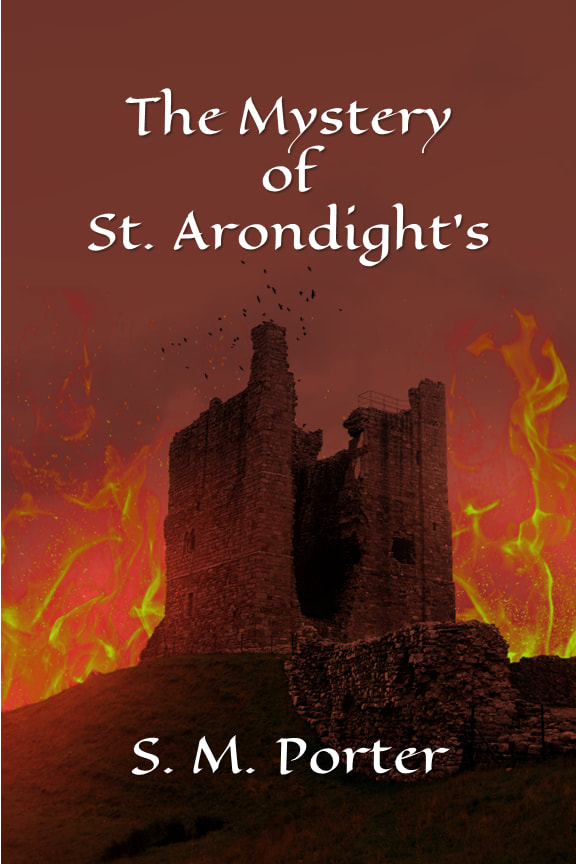|
I know I’m late to the party, but this week I finally got around to watching Netflix’s “The Dig”, a fictionalised retelling of the discovery of the famous Sutton Hoo ship burial in Suffolk. Honestly, I enjoyed it, it wasn’t Indiana Jones (few things are) nor was it “The Body” or “Altamira” (both of which star Antonio Banderas and are a good look at the real politics in the case of Altamira, and theological politics (the Body) behind archaeological finds), but it was a fair romp as period dramas go, with a sprinkle of historical accuracy here and some creative licencing there. Entertaining.
*Spoilers below* read at your own risk if you’ve not seen it
Now, I’m not going to sit here and go through what’s wrong with it, plenty of folks have done that and I’m sure everyone is bored of hearing that the photographer is an invented character and was really two women, Edith Pretty was older and Peggy’s marriage, whilst it did break up, did not break during the excavations, nor for a while after. And of course, let’s not forget the historically inaccurate trowels (seriously, do we have nothing better to do than pick holes in things!). No, ignore all that stuff, it’s artistic freedom and fine for storytelling. What I want to talk about is what The Dig did right in terms of real archaeological practice.
Firstly, it has to be said, I loved Basil’s (Ralph Fiennes) reference to not being paid enough in one of the early scenes – this is one of the most commonly heard complaints from archaeologists at every level, even in 2021. It’s a well-known fact that archaeologists do the job for love, not for money. Those who were doing it for the money tend to grow a modicum of common sense and move on. The rest of us continue to gripe about it, but continue doing what we love, because we love it, and I liked that obvious passion from the character of Basil Brown. He complained about the pay, (though agreed to do it for £2 a week), but you could see the dedication to exploring the site, learning what was there and following the discovery through. Which leads me to another thing that I noticed which rang true to life, the display of possessiveness over his site when the museum tried to muscle in. Most archaeologists do become fiercely possessive of their site, even if it’s an evaluation in someone’s back garden where the only thing they’re likely to find is a bit of old drain. Why? Because we love the job, we are invested in the site, and if you hand it over to someone else then obviously they are going to discover the cool, awesome thing that was lurking just in the next bit that you were going to look at. Plus, when you spend time on the site, you get to know it, you have a feel for how it fits together. In excavating a site, whoever is running it is usually looking at the bigger picture, pulling the story of the site together, and it’s really hard to pass on your work to someone when you’ve put so much into it, (also most of us will agree that writing up someone else’s site is a nightmare because half the information is in their head!). So, I very much liked this relatable trait.
I cheered when Mrs Pretty (Carey Mulligan) had the shepherd’s hut brought over for him to use as a tea hut too! Basil had site welfare facilities! Forgive my enthusiasm, but believe me, it’s more than some archaeologists get, even today. I’ve worked sites where I’ve had no welfare but the back of a van for weeks (thankfully this is becoming much less common and whilst working for my current employer I have always had decent welfare).
I liked the character of Basil, he referred to himself as an excavator rather than an archaeologist, but he clearly knew what he was doing (the site would not have been nearly so spectacular had he not). I think I drove my other-half nuts pointing out the use of a string line to keep the section neat (something I still have to yell at some of my team about). I liked also that he made the point of telling Mrs Pretty that she shouldn’t be in the trench alone as it was unsafe – a point proved to be true when the thing collapsed on Basil moments later. We see photographs of so many antiquarian sections that are just immense and wholly devoid of any kind of health and safety, they look amazing but wow were they dangerous! We used to work to a rule of thumb that anything over 1.20m needed stepping or shoring, but now it is much more dependent on the geology and site conditions. Basil also mentioned the involvement of the Coroner in the event that they found human remains, this is still true. We require a burial licence to be in place before we can touch anything even vaguely suspected of being human remains. If we expect to encounter remains than it will be applied for and acquired before excavation starts, but when burials surprise us it can take a long while to obtain coroners (Ministry of Justice) permission to disturb them.
I do want to point out one very poor bit of archaeological practice that was shown in The Dig. Smoking in the trench. I’ll give old Basil Brown a pass, as radiocarbon dating was not a thing in the 1930s. But if you smoke in my trench now, expect to be very quickly kicked off site. Cigarette and pipe smoke contaminate the ground which in turn affects any radiocarbon samples that we may submit, making dating evidence unreliable.
There are things that I wish had been a little clearer in the film though. For instance, the excavation technique itself. Yes, I was happy to see the boards in place with archaeologists sprawled along them keeping their weight off the ground, but it would have been nice to have a little more description about how the outline of the boat was preserved. The wood was gone, the ground conditions at Sutton Hoo are such that organic remains (including wood and bone) will simply not survive the sandy consistency of the ground as it is too acidic. As such, the shape of the wooden boat was only visible in changes in the colour and texture of the ground and the presence of the iron rivets, and this would have been easy to miss as the boat was not physically there. What Basil did was find the ghost in the soil, it’s tough to do. When looking at settlement sites we usually extract the colour changes as they indicate the fill(s) within a feature like a ditch or pit, but to show the Sutton Hoo ship in all its glory, those excavating it had to be very careful not to remove the dark stains which were the only remaining evidence of the long rotted away timbers. It is truly remarkable, and I would have loved to see the excavation technique explained a little more. I think it would also have gone some way towards explaining why getting the tarpaulin down when it was raining was so important. In that sandy geology heavy rain could have washed away the outline of the ship like waves on a beach. I did wonder though why they didn’t pull the tarp over it every night, it would have saved poor Ralph Fiennes rushing out into the rain without a coat, to fumble around in the dark, trying not to get great clomping boot marks all over the thing whilst he struggled to get it covered up. I suppose we all make mistakes, one of my team once managed to leave the whole file of site records in a trench for the weekend, we found it floating around on Monday morning, fortunately it was salvageable and we lost nothing. There have also been a fair few complaints about the lack of treasures in The Dig. I can only assume that this is because people were hoping to see the famous helmet, because I was gleefully jumping up and down pointing things out to my other-half (who just wanted to peacefully watch the film). But the shoulder clasps were shown clearly, the golden purse lid, the red and gold sword pyramids and the wonderful golden belt buckle (The British Museum has this but for some reason it’s not on display with the rest), there was treasure aplenty!
The problem with the helmet was that when it was found, it didn’t particularly look like a helmet. In Basil’s excavation it was basically 100 fragments of corroded metal. I like to think that it’s what Peggy (Lilly James) accidentally put her foot in as that would also be true to real archaeology, so many of us have found that near complete pot (or even bodies) by putting a foot, or a mattock into it. There is a distinctive ‘pop’ sound that all archaeologists accept with the same sinking feeling as they know they just broke something hollow and probably complete. But back to the helmet, Basil’s 100 pieces were corroded and incomplete, the rest of the helmet (in 1000 or so pieces) was not found until the site was re-excavated in the 1960-70s and even then no one knew it was a helmet until the conservation team at the museum began piecing it together around 1975.
Although all the finds (except the golden buckle) are on display at the British Museum, I fully recommend a visit to the Sutton Hoo site. Most of the mounds are gone or barely visible, although one has been reconstructed, but the little museum contains a well done replica of what the burial may have looked like, along with photos of the excavation(s) and a reconstructed sand mummy, (later excavations did find human remains, but like the remains at Pompeii they were shadows only and required special techniques to excavate). So, ultimately what did I think? I enjoyed it. At the end of the day it was entertainment and if some stuff wasn’t totally accurate so what, accuracy was not its primary purpose, (although cutting two real women out of the story for the supposed ‘eye candy’ male photographer is not ideal, I can see why it was done). Hopefully what the film achieved was to highlight one of the greatest archaeological finds in Britain and get people talking about archaeology at a time where budget funding is being cut for university courses and new government planning for housing development contains potential threats to the heritage sector. We may not have the gold of ancient Egypt, the standing remains of Rome of the mythological allure of Turkey’s (probable) site of Troy, but we do have some spectacular archaeological remains in this country, of which the Sutton Hoo ship burial is just one example. The Dig is currently streaming on Netflix and stars Ralph Fiennes as Basil Brown and Carey Mulligan as Mrs Pretty, all picture credits to Netflix unless otherwise stated and you can read more about the real excavations here: https://www.nationaltrust.org.uk/sutton-hoo/features/digging-the-dirt-the-true-story-behind-the-dig
5 Comments
|
S. M. PorterProfessional archaeologist and author, S. M. Porter loves history, adventure and digging in the mud. Her career is in ruins - just where she wanted it to be. Archives
June 2023
Categories
All
|
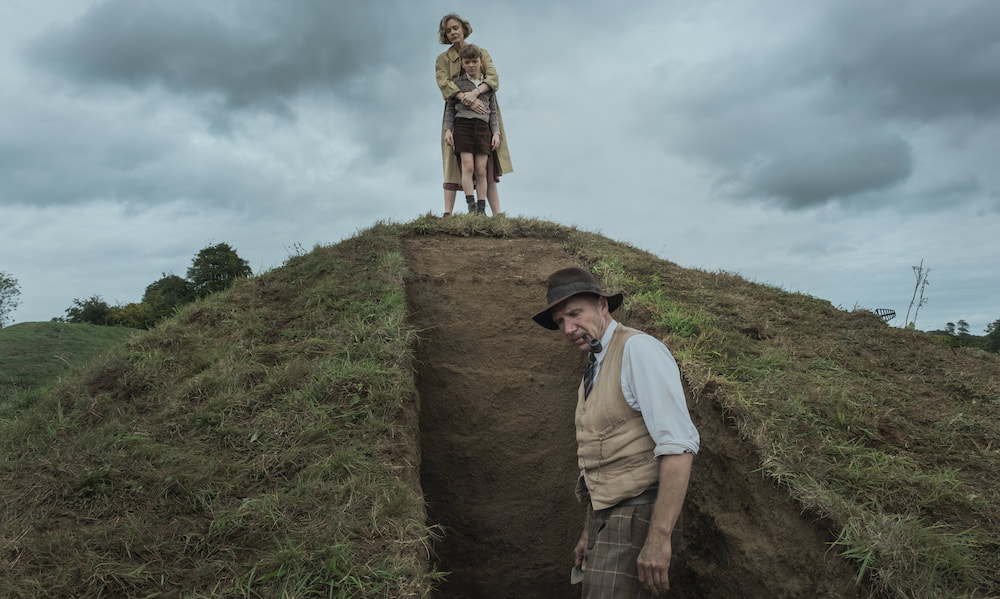
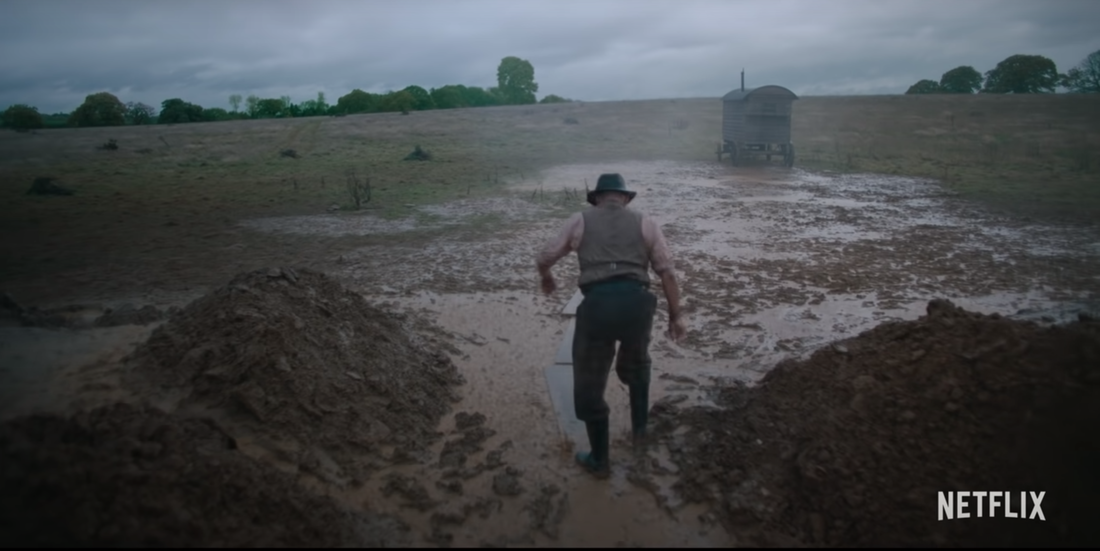
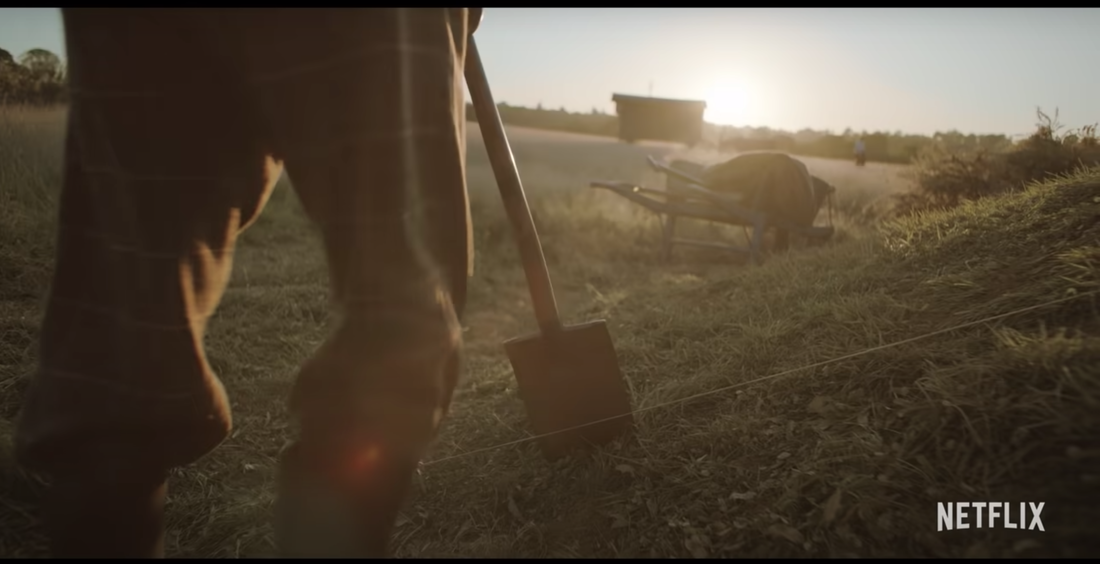
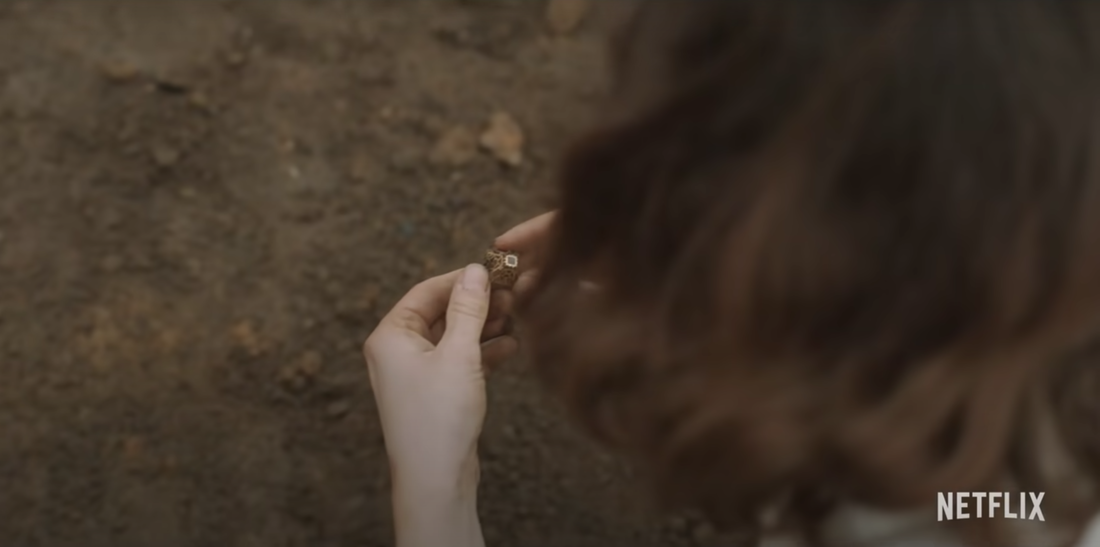

 RSS Feed
RSS Feed
